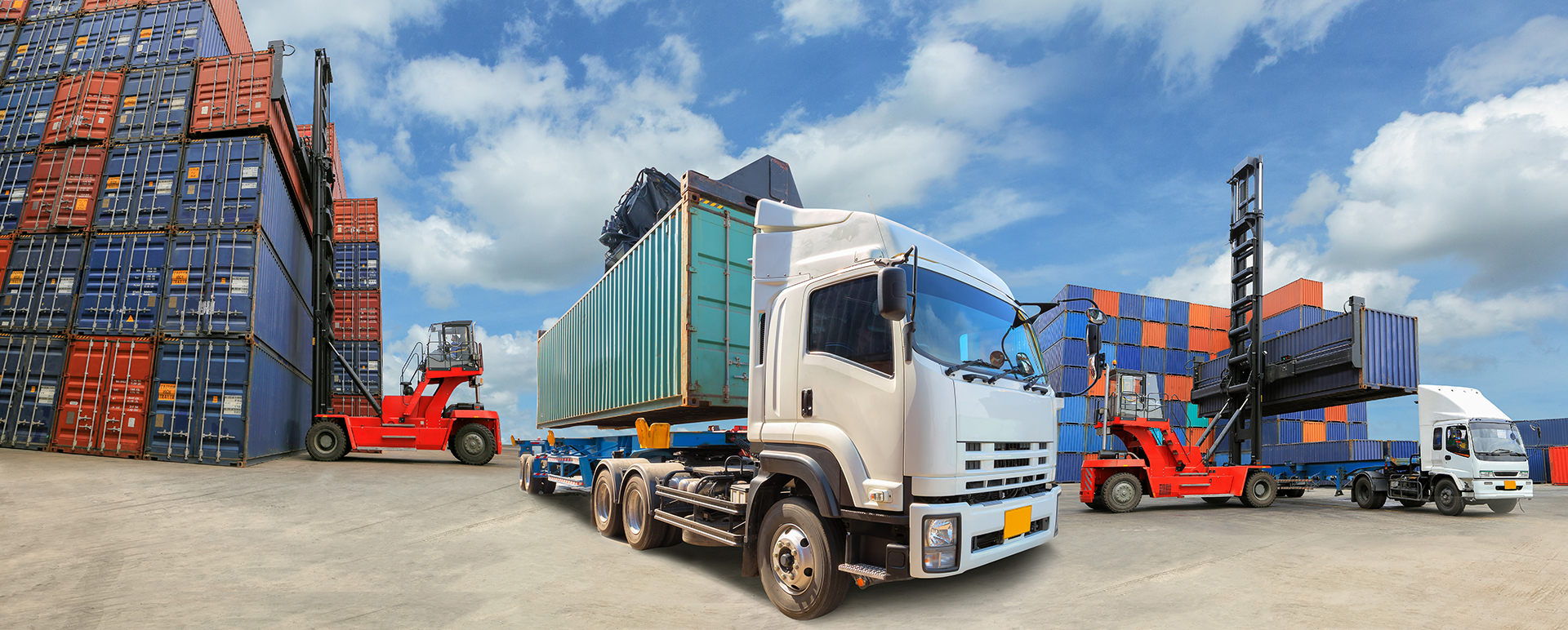
What Drives the High Price of Road Freight Transport in Central America
Policy Research Working Paper
In Central America, like many other developing regions, high transport costs are cited as an important impediment to trade and economic growth. Prices for road freight transport, a key mode of transport comprising a significant share of total transport costs for both intra, and extra, regional trade, are particularly high. Averaging 17 US cents per ton-kilometer on main trading routes, these rates stand out even relative to other inefficient developing country markets (e.g., central and west Africa). However, the policy and other factors associated with increased prices have not been well understood. Using data from a survey of trucking companies operating on the region's main trade corridors, this paper analyzes the primary drivers affecting firms' cost of providing service, as well as the effect of market structure and competition on markups and prices. We find that whereas improved cost efficiencies could reduce prices by 3 cents per ton/kilometer, increased competition on national routes, those entirely within a nation's borders, will reduce prices by significantly more. Although there are many trucking companies, including small and somewhat informal operators, the degree of competition varies by route due to domestic restraints on competition and the prohibition on international competition on national routes. Our empirical result shows that the effect of barriers to entry and imperfect competition on markups accounts for at least 35 percent of mean prices on national routes. Moreover, a lack of competition is likely to explain the persistence of an inefficient market structure and scale of operation, as well as a lack of innovation to reduce costs and enhance the quality of service.
